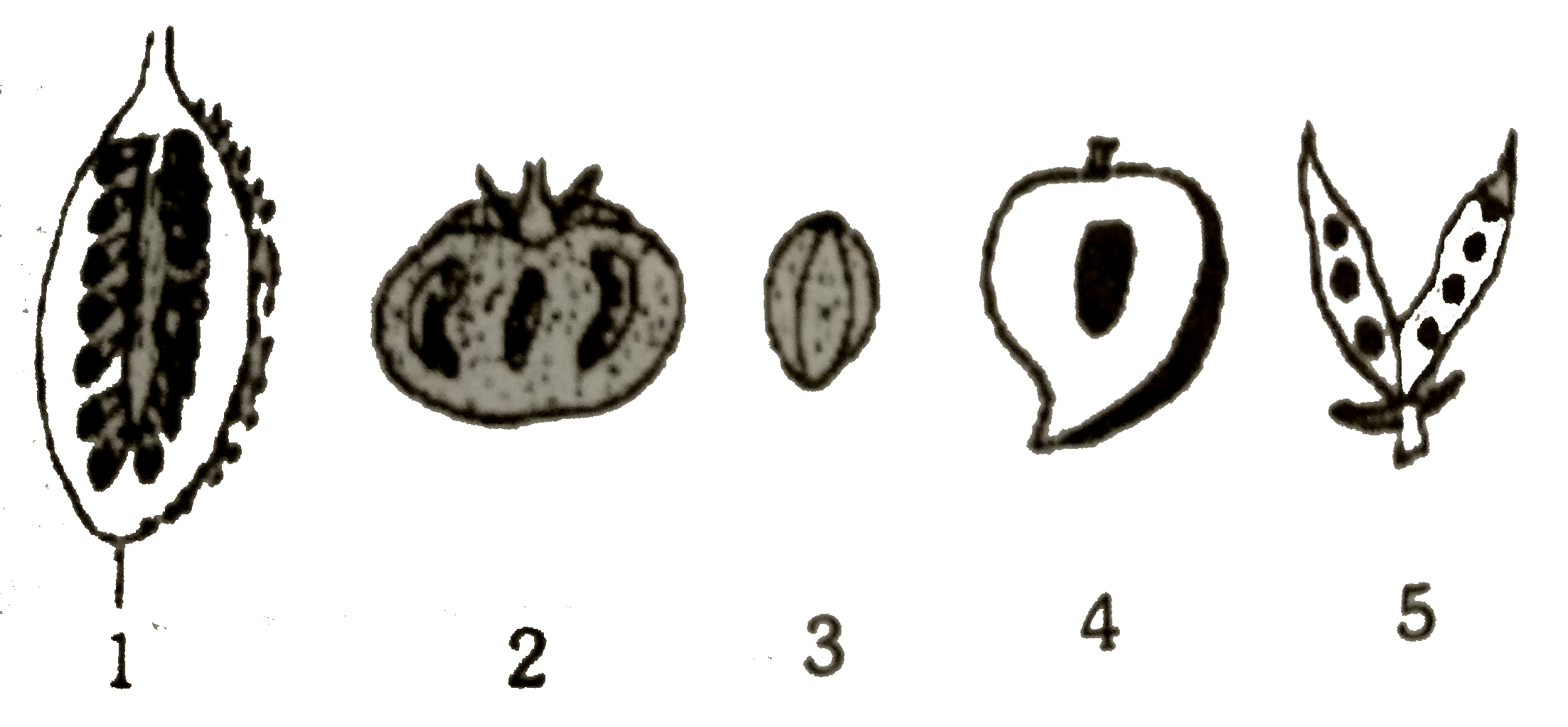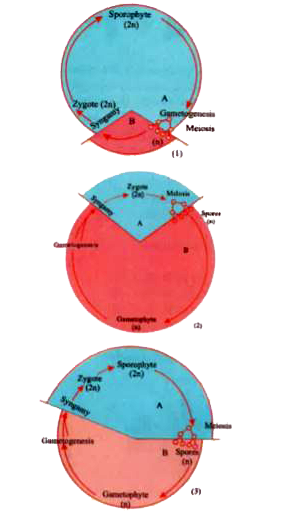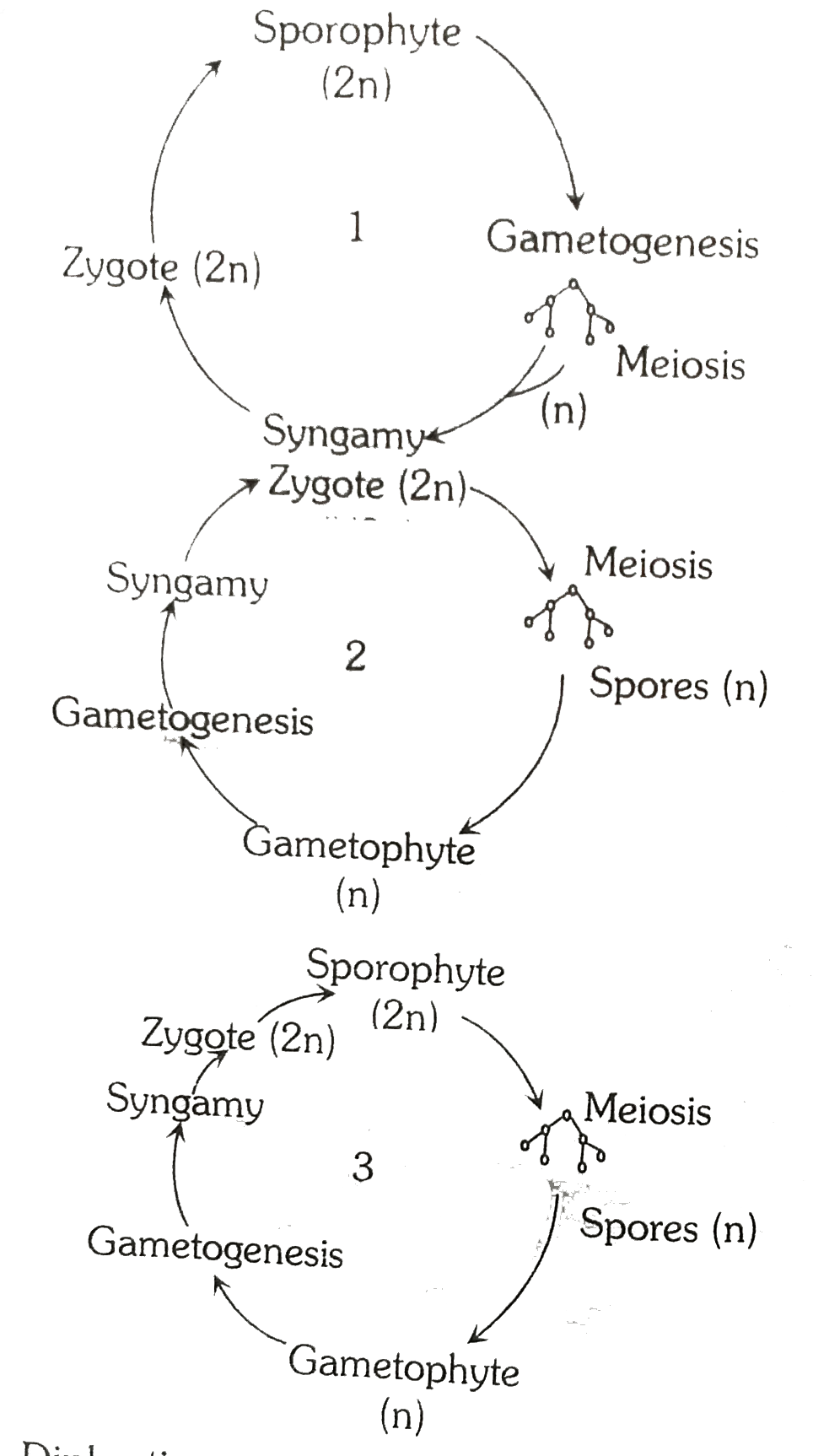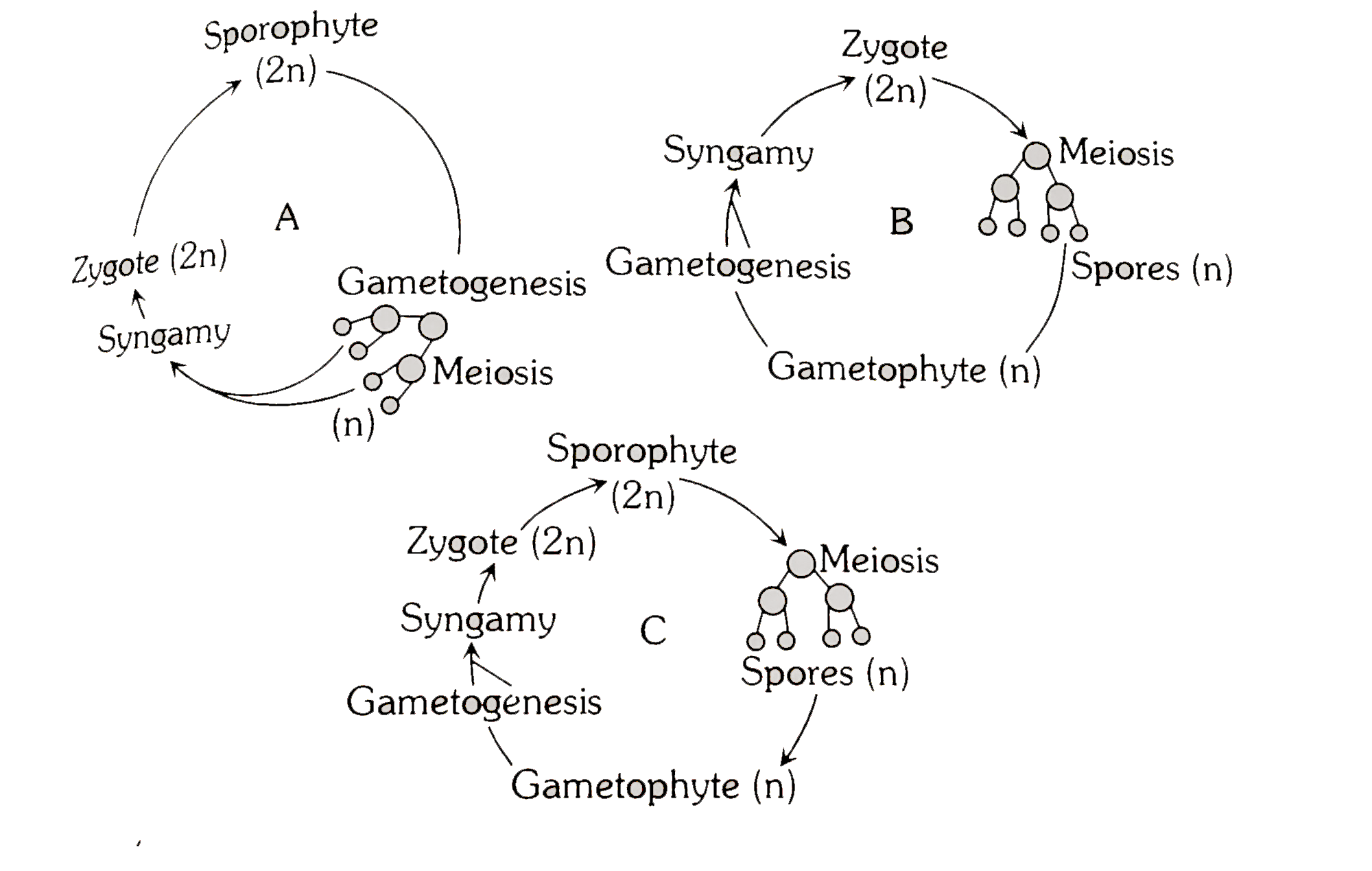Which of the following correctly represents the type of fruits given

1. Berry , 2. Caryopsis , 3. Drupe , 4. Sorosis , 5. Aggregate
2. Berry , 3. Caryopsis , 4. Drupe , 1. Sorosis , 5. Aggregate
2. Berry , 3. Caryopsis , 4. Drupe , 5. Legume , 1. Aggregate
2. Berry , 3. Caryopsis , 4. Drupe , 1. Sorosis , 5. Legume
The correct Answer is:D
Step by step video, text & image solution for Which of the following correctly represents the type of fruits given by Biology experts to help you in doubts & scoring excellent marks in Class 11 exams.
Updated on:21/07/2023Topper's Solved these Questions
Similar Questions
Knowledge Check
Which of the following correctly represents the type of life cycle patterns from the options given
 A1-Diplontic 2-Haplodiplontic 3-HaplonticB1-Haplodiplontic 2-Haplontic 3-DiplonticC1-Haplontic 2-Diplontic 3-HaplodiplonticD1-Diplontic 2-Haplontic 3-Haplodiplontic
A1-Diplontic 2-Haplodiplontic 3-HaplonticB1-Haplodiplontic 2-Haplontic 3-DiplonticC1-Haplontic 2-Diplontic 3-HaplodiplonticD1-Diplontic 2-Haplontic 3-HaplodiplonticWhich of the following correctly represents the type of life cycle patterns from the options given?
ADiplontic, Haplodiplontic, HaplonticBHaplodiplontic, Haplontic, DiplonticCHaplontic, Diplontic, HaplodiplonticDDiplontic, Haplontic, HaplodiplonticWhich of the following correctly represents the type of life cycle patterns from the option given
 A1. Diplontic 2. Haplodiplontic 3. HaplonticB1. Haplodiplontic 2. Haplontic 3. DiplonticC1. Haplontic 2. Diplontic 3. HaplodiplonticD1. Diplontic 2. Haplontic 3. Haplodiplontic
A1. Diplontic 2. Haplodiplontic 3. HaplonticB1. Haplodiplontic 2. Haplontic 3. DiplonticC1. Haplontic 2. Diplontic 3. HaplodiplonticD1. Diplontic 2. Haplontic 3. Haplodiplontic
Which of the following correctly represent the acidic strenth of given acids?
View SolutionWhich of the following correctly represents the effect of increase of temperature on adsorption ?
View SolutionWhich of the following options are correctly represents the type of life cycle patterns given below.

View SolutionWhich of the following correctly represents the order of atomic radii
View SolutionWhich of the following correctly represent the range of size of plasmids ?
View Solution

